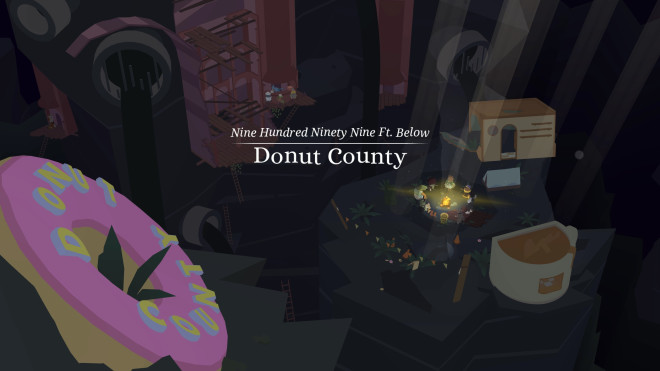

He’s wrong, but you kind of get it, and it’s a story of trying to change his mind.”“When you play the game, you intuitively know that you’re being an asshole,” he adds, laughing. “That’s when I realized, ‘I need to flip this.’ I need this game to be about you being the bad guy, but being able to understand where he comes from because his perspective is so different. In many different ways, it hurts them and it hurts you, because it’s not a genuine story.”When it became clear to Esposito that he wasn’t going to succeed in trying to tell someone else’s story, he returned to the drawing board, and to that little hole in the ground.“You know you’re destroying something and being bad,” he says of the game’s central mechanic. “It doesn’t pay to tell someone else’s story. ( is a game designer whose reputation in the video game community is near legendary.). The game’s description reads as such: “You play a hot shot tech nerd gentrifying Brooklyn who must grovel in the face of a king rodent in order to get funding for their shitty Kickstarter project.”Meanwhile, the idea of controlling a hole in the ground came from a tweet from a Peter Molyneux parody account. These raccoons - and their leader, the Trash King - grew out of Esposito’s concerns about gentrification and technology.“Raccoons are these creatures that are extremely adaptable to a human environment, and they seem kind of harmless and cute, and then all of a sudden they run the place,” he explains.Running with that concept, in 2013 he created - though in that game, the roles were reversed. Annapurna InteractiveIn Donut County, the hole is used by a band of raccoons, via a mobile app, to essentially take over the county, i.e., as a means of gentrification. Raccoons, tech, and gentrification are all entwined in Donut County’s DNA The seeds of Donut County can be found throughout Esposito’s past work.


 0 kommentar(er)
0 kommentar(er)
